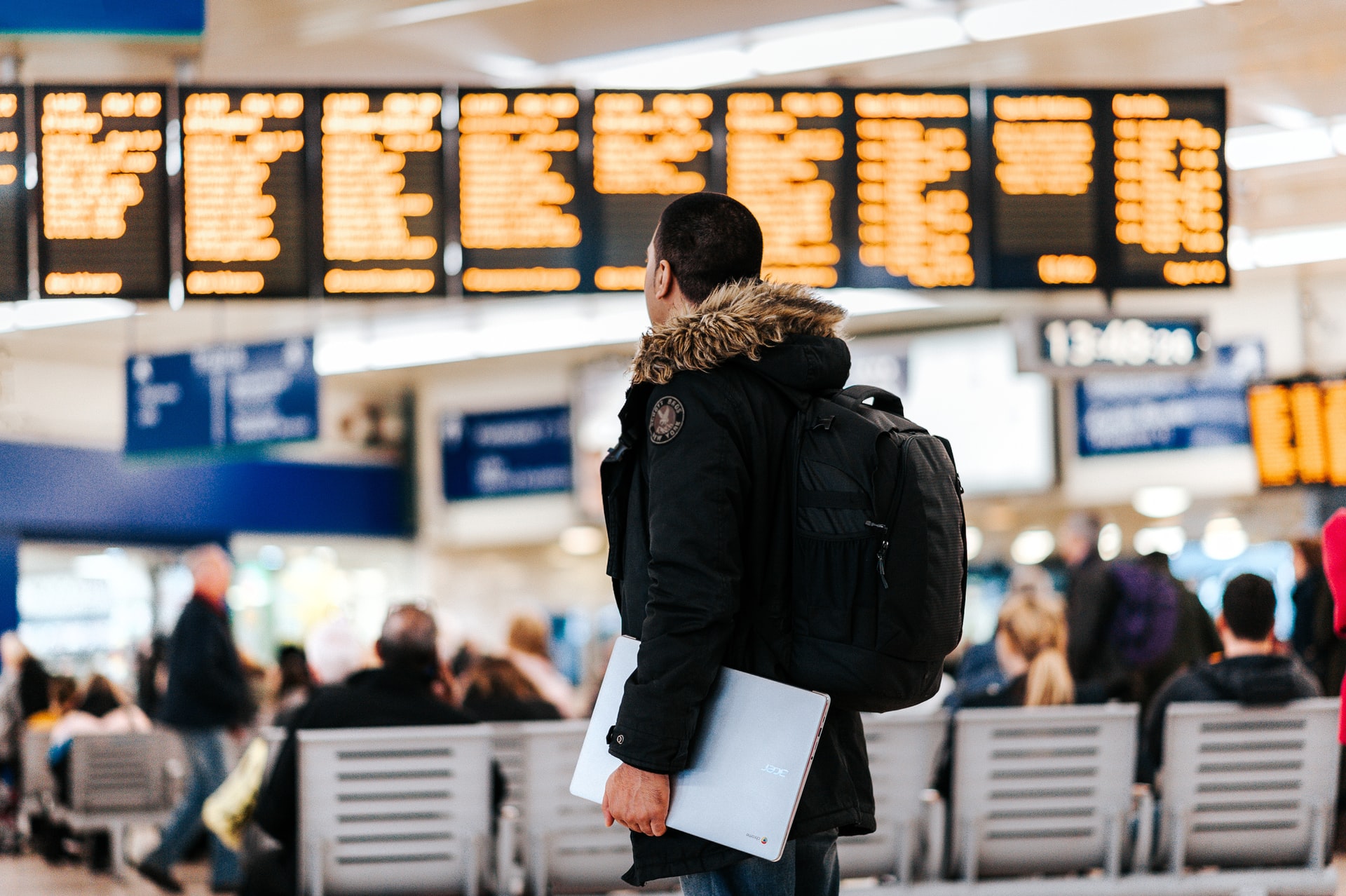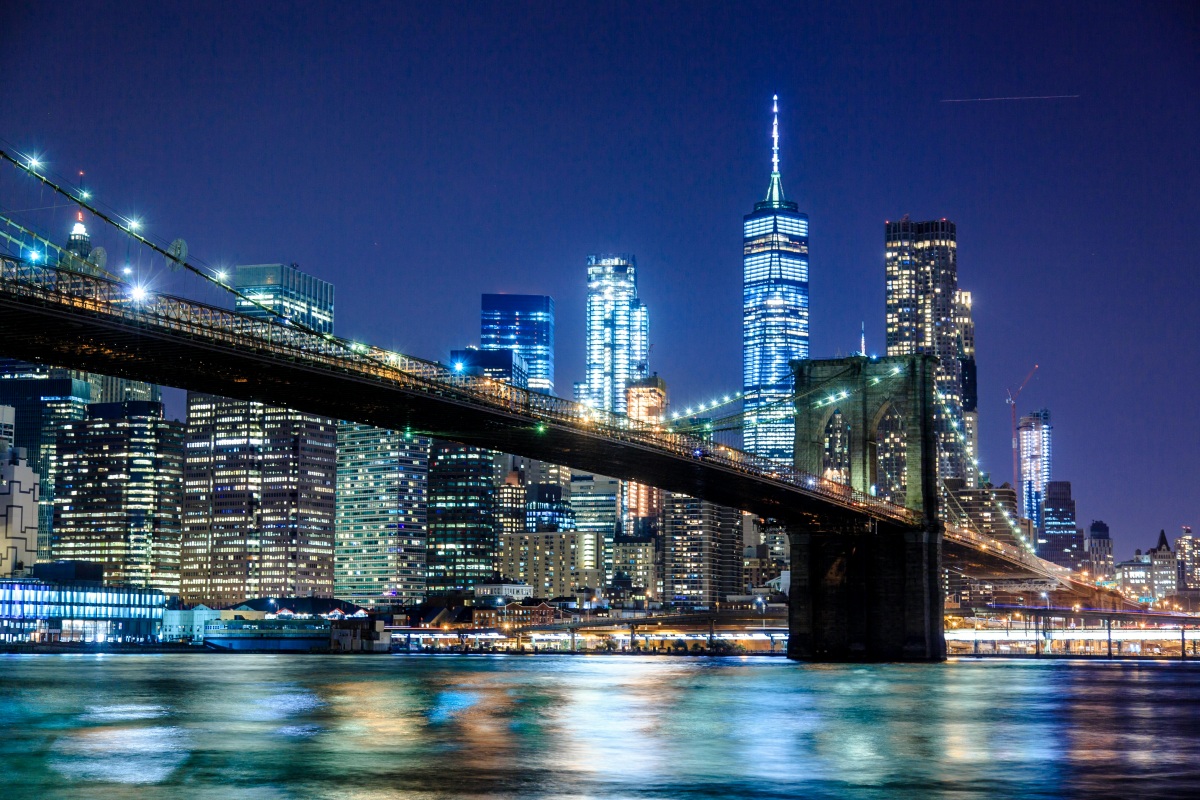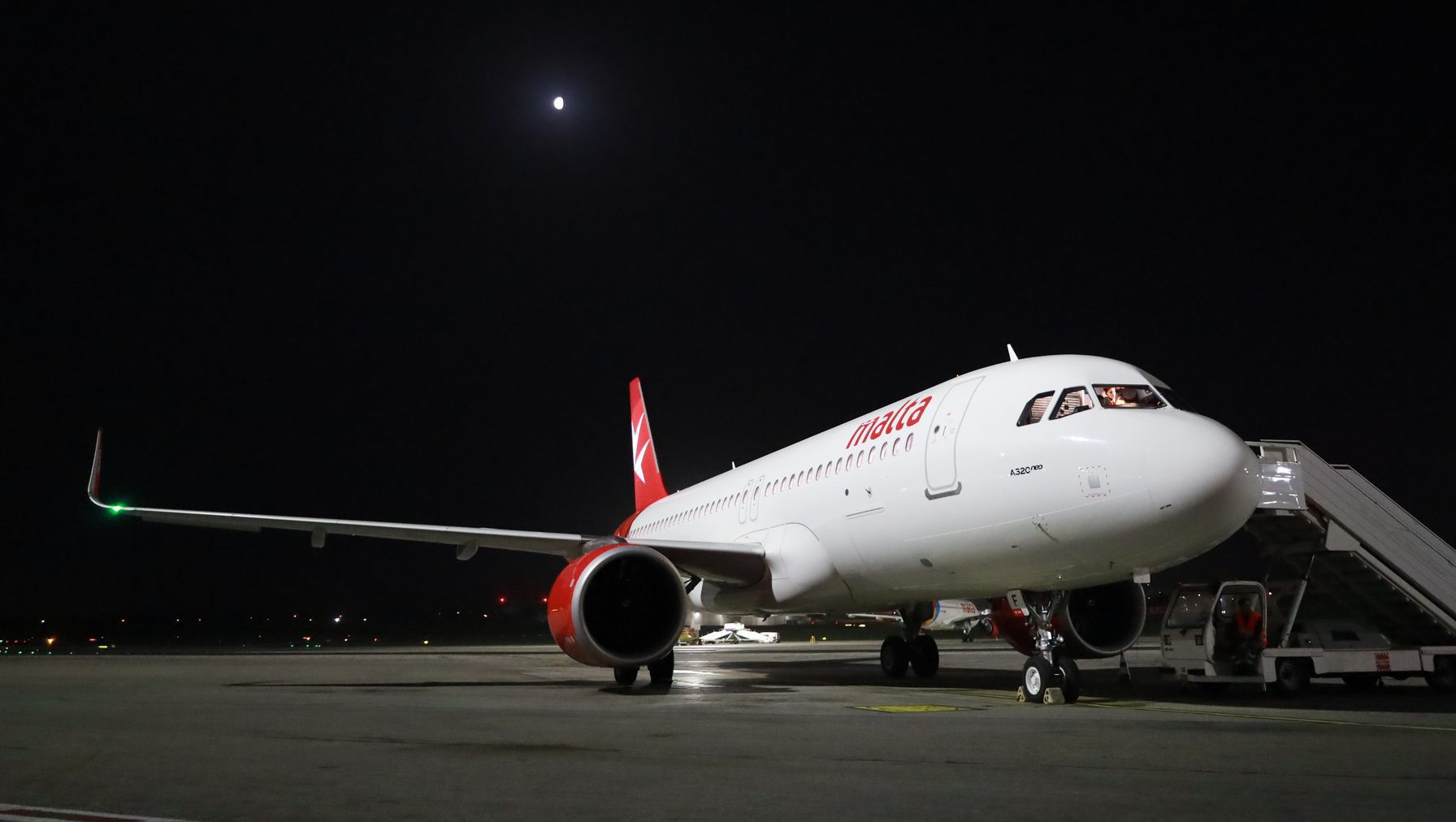High-end hotels are concerned that the post-COVID tourism recovery will be an uneven one, with the luxury segment losing out from a significant downturn in connectivity with the key UK, German and Scandinavian markets.
Tourists from these area tend to be more affluent and typically spend more than those coming from other countries, so an increase in the number of connections elsewhere does not necessarily make up for those lost.
Last week, a major five-star hotel representative told BusinessNow.mt: “It’s not a one-is-to-one ratio. One tourist does not simply replace another. For lower categories, perhaps, a tourist is a tourist, but for us, their profile makes a big difference.”
In an interview for Business Now Winter 2022/2023, Alex Incorvaja, general manager of the Marriott Hotel & Spa, echoes these comments, saying that while a rebound in connectivity has brought airline seat capacity to around 80 per cent of peak 2019 levels, the shortfall is largely related to the most important markets for Malta’s five-star sector.
The UK and Germany, he said, “are the most important geographic contributors to five-star hotels, as guest spend is higher; the countries are also major hubs for transatlantic connectivity and are crucial for the meetings and incentive market, a segment which hotels like the Malta Marriott rely on in the low and shoulder season months.”
This view was endorsed by other representatives from the luxury segment, with Simon De Cesare, CEO of Eden which operates the five-star InterContinental in St Julian’s, singling out flight capacity as the “most critical” element for the industry.
A comparative review of Malta’s connections with key source markets in December 2019 and December 2022 shows a sharp drop in the number of connections with the UK and Germany.
The number of flights arriving from the UK dropped by around 17 per cent between the two periods, while those from Germany fell by 20 per cent.
Yet another five-star hotel representative said that these drops are very significant for the highest quality hospitality segment in Malta.
“Malta’s network of agents and our marketing has been hard at work cultivating the country’s brand for half a century or more in places like the UK and Germany – it will take time for this to be cultivated to any high degree in newer source markets,” he said.
By the end of October (the latest period for which is data is available), Malta had received 370,000 and 146,000 tourists from the UK and Germany, respectively, down from 571,000 and 184,000. There were similar decreases from the high-spending Scandinavia (2022: 66,000, 2019: 110,000)
Similarly, Malta has long attracted significant interest from Scandinavian tourists, who, like those coming from the UK and Germany, tend to be big spenders.
However, flights from Denmark decreased by a third, from Sweden by a half, and from Norway have stopped entirely. There were no direct connections between Malta and Finland or Iceland in either 2019 or 2022. Accordingly, the number of arrivals from these countries decreased from 110,000 to 66,000 by th end of October 2022.
Connectivity with the similarly affluent Netherlands and Belgium also decreased.
The two notable exceptions to the downturn seen across the spectrum are Poland and France, which have yielded immediate results – tourists from these two countries increased significantly over 2022 (Poland 2019: 89,000 v 2022: 120,000; France 2019: 213,000 v 2022: 227,000).
The Polish question
Despite the consternation expressed by Malta’s highest-end hotels, shifting tourism patterns do not mean that Malta is losing out as a whole.
Destination management company Robert Arrigo & Sons director Alan Arrigo tells BusinessNow.mt that tourists coming from Poland are not necessarily spending less than others.
“What is happening is that they are choosing to spend their money elsewhere, especially on experiences in their own language, which are harder and more expensive to source – of course, tailor-making an experience to a particular group carries costs.”
This is in large part down to the small number of Polish-speaking guides, with only five operating in Malta.
“If you look at the number of tourist arrivals and the number of guides over the years, you can see that the increase in the former has not been matched by an increase in the latter. So you end up with a major disparity in the demand and supply.”
By law, tours in Malta must have a tourist guide to operate, and are subject to a 50 tourists per guide limitation.
Mr Arrigo stresses that tourists from Poland are not spending less: “It is not like they’re all staying at three-star hotels – and the difference between four- and five-star hotels is largely in the number of amenities, not necessarily a question of quality. It’s a question of perceived value.”
Delving deeper into the issues facing the five-star segment, Mr Arrigo argues that the large franchise model of practically all the local luxury hospitality offerings restricts their ability to react to market movements, since the international franchise will have certain requirements that limit local operators’ agency.
Four-star hotels, on the other hand, are largely family-owned affairs that are able to respond with agility to short-term trends, helping them capture market share in times of change.
KM Malta pilots lift industrial directives after months-long dispute
The union said its members took the decision during an Extraordinary General Meeting
Companies being forced to reject orders due to lack of staff
In extreme cases, the lack of available workers has directly led companies to reject business opportunities
FHRD Expo success: Alan and Nina connect The Remarkable Collective with the HR Community
Alan and Nina showcased how the collective power of the company’s brands provides comprehensive support under one roof






